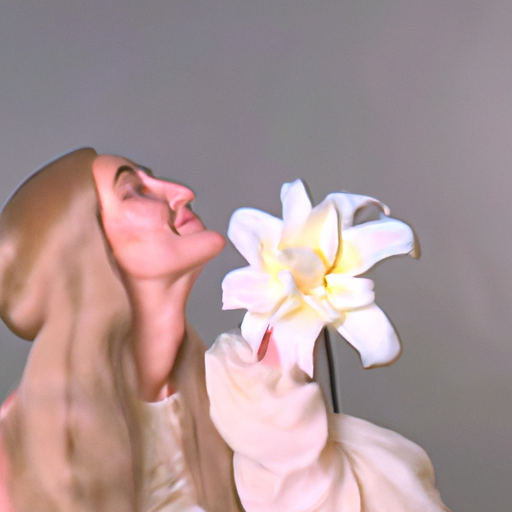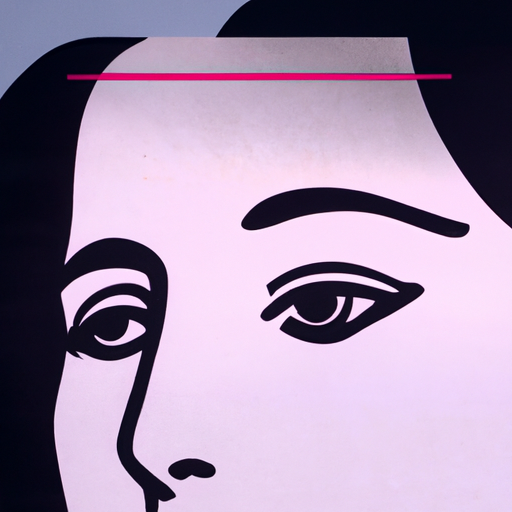
-
Table of Contents
- Art Nouveau: Design Inspiration from the Turn of the Century
- Introduction
- The Origins of Art Nouveau
- Characteristics of Art Nouveau
- Examples of Art Nouveau
- 1. Victor Horta’s Hôtel Tassel
- 2. Louis Comfort Tiffany’s Stained Glass
- 3. Émile Gallé’s Glassware
- The Lasting Influence of Art Nouveau
- Conclusion
Art Nouveau: Design Inspiration from the Turn of the Century

Introduction
Art Nouveau, also known as the “New Art,” was a popular design movement that emerged in the late 19th century and flourished until the early 20th century. It was a reaction against the industrialization and mass production of the time, seeking to bring art and design back into everyday life. This article explores the origins, characteristics, and lasting influence of Art Nouveau, showcasing its design inspiration from the turn of the century.
The Origins of Art Nouveau
Art Nouveau originated in Europe, particularly in Belgium and France, during the late 1800s. It was a response to the rapid industrialization and the dominance of historicism in art and design. Artists and designers sought to break away from traditional styles and create something new and innovative.
One of the key figures in the development of Art Nouveau was the French architect and designer, Hector Guimard. His iconic entrances to the Paris Metro stations, with their organic forms and intricate ironwork, became synonymous with the Art Nouveau style.
Characteristics of Art Nouveau
Art Nouveau is characterized by its emphasis on organic forms, flowing lines, and intricate details. It drew inspiration from nature, incorporating elements such as flowers, plants, and animals into its designs. The movement also embraced new materials and techniques, including iron, glass, and ceramics.
One of the defining features of Art Nouveau is its use of curvilinear lines. These sinuous lines can be seen in the furniture, architecture, and decorative arts of the period. They create a sense of movement and fluidity, giving the designs a dynamic and energetic quality.
Another characteristic of Art Nouveau is its attention to detail. Artists and designers of the time paid great attention to every aspect of their work, from the overall composition to the smallest decorative elements. This meticulous approach resulted in highly ornamental and intricate designs.
Examples of Art Nouveau
Art Nouveau had a significant impact on various fields, including architecture, interior design, furniture, and graphic arts. Here are some notable examples of Art Nouveau:
1. Victor Horta’s Hôtel Tassel
Designed by Belgian architect Victor Horta in 1893, the Hôtel Tassel is considered one of the first Art Nouveau buildings. It features a combination of curvilinear lines, organic motifs, and innovative use of materials, such as iron and glass.
2. Louis Comfort Tiffany’s Stained Glass
American artist and designer Louis Comfort Tiffany is renowned for his exquisite stained glass creations. His work often incorporated natural motifs, such as flowers and birds, and showcased the vibrant colors and textures associated with Art Nouveau.
3. Émile Gallé’s Glassware
French artist Émile Gallé was known for his exceptional glassware, which combined traditional glassblowing techniques with innovative designs. His pieces often featured delicate floral motifs and intricate details, showcasing the beauty of nature.
The Lasting Influence of Art Nouveau
Although Art Nouveau was relatively short-lived as a formal movement, its influence can still be seen in contemporary design. Many of the principles and aesthetics of Art Nouveau continue to inspire designers today.
One area where Art Nouveau’s influence is particularly evident is in graphic design. The use of flowing lines, organic forms, and intricate details can be seen in various posters, book covers, and advertisements. Artists such as Alphonse Mucha and Aubrey Beardsley were pioneers of Art Nouveau-inspired graphic design.
Art Nouveau also had a significant impact on architecture and interior design. Its emphasis on natural forms and innovative use of materials paved the way for modernist movements such as Art Deco and the Bauhaus. The works of architects like Antoni Gaudí and Charles Rennie Mackintosh show the lasting influence of Art Nouveau in their designs.
Conclusion
Art Nouveau was a groundbreaking design movement that emerged at the turn of the century. It sought to bring art and design back into everyday life, rejecting the mass production and historicism of the time. With its emphasis on organic forms, flowing lines, and intricate details, Art Nouveau created a new aesthetic that continues to inspire designers today. From architecture to graphic design, its influence can be seen in various fields, making it a truly timeless and influential movement.
